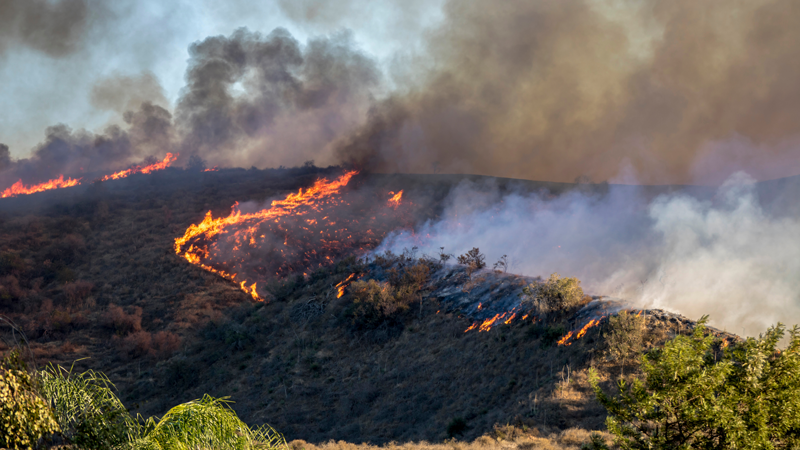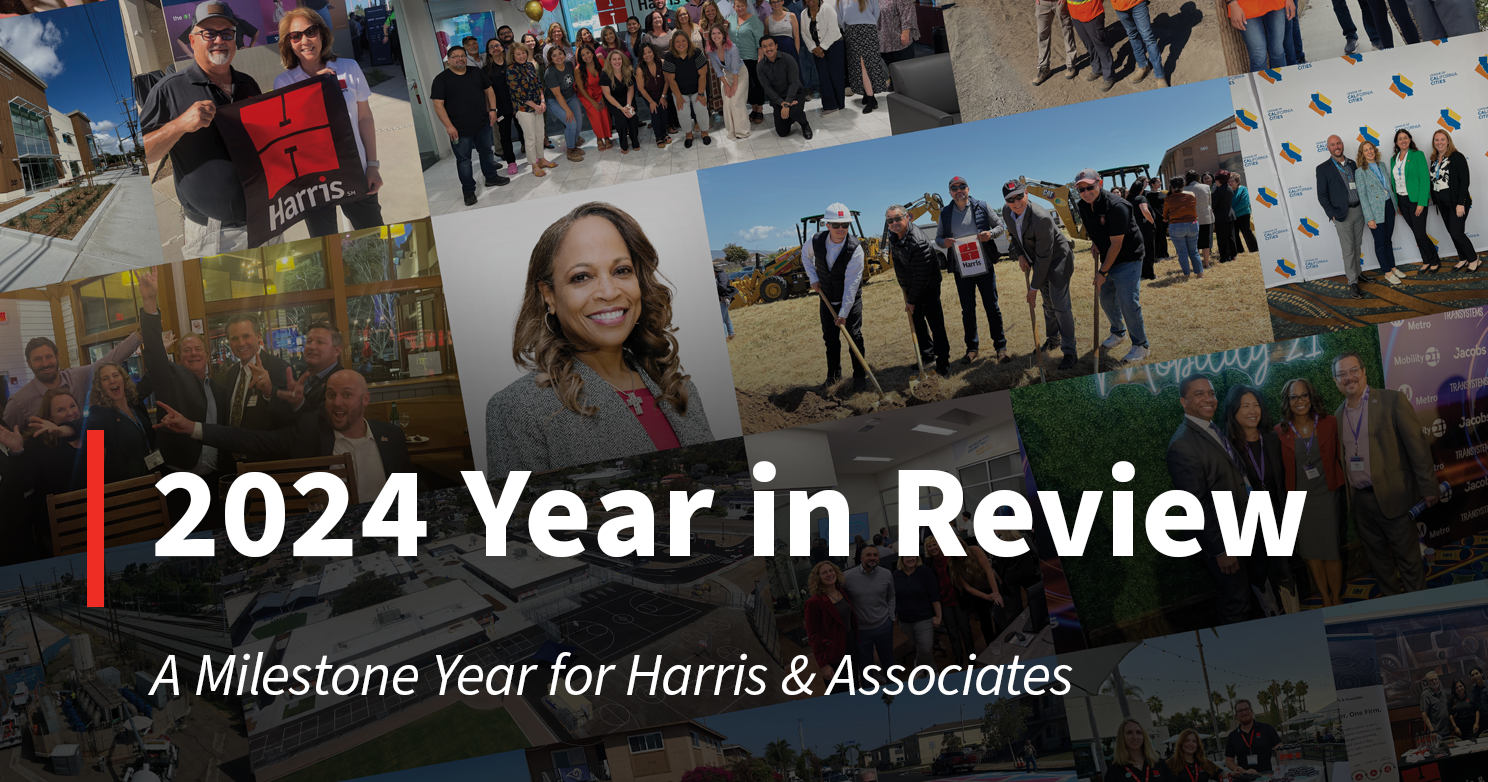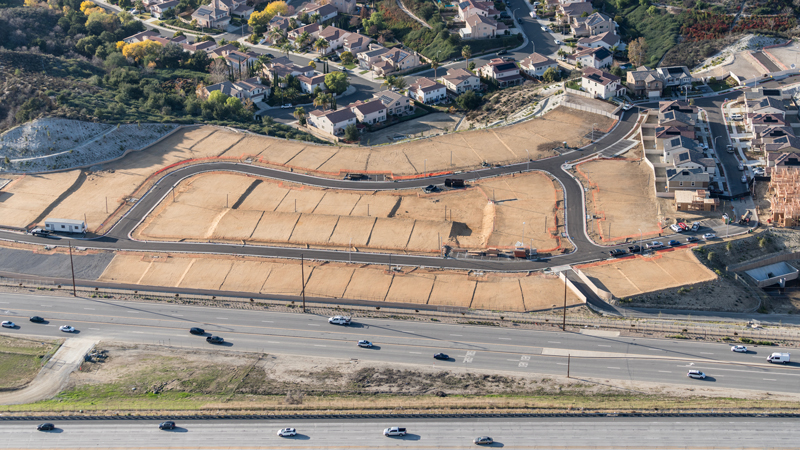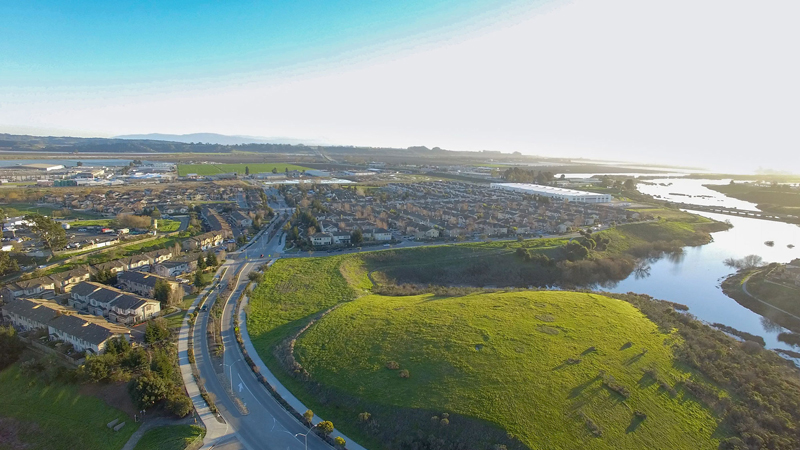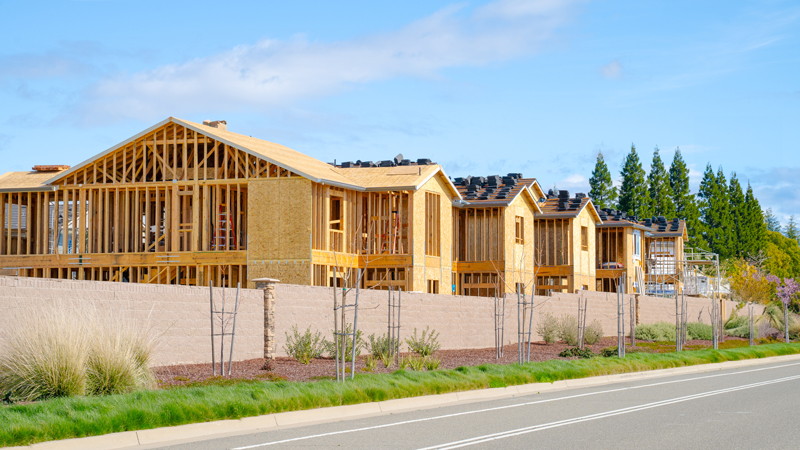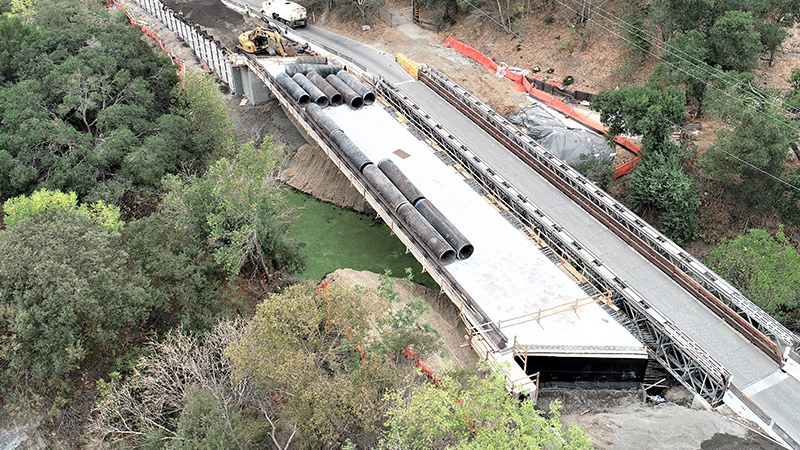Blogpost
5.9 minute read
March 30, 2023
A seemingly steady wave of weather-related catastrophes have pummeled California communities in recent months. When storms damage critical infrastructure, officials have to move quickly. They need trusted advisors in engineering and construction management to help get their communities back to full functionality and minimize any losses.
Floods, extreme heat, wildfires, mudslides, and other severe events linked to climate change have claimed lives, threatened public safety, and damaged the ecosystem and the economy.
In 2021, Harris & Associates sprang into action to repair roads in Monterey County after an atmospheric rain event washed out key roadways. We did the same a few years earlier in Big Sur, when a record-breaking rainy season severely damaged roadways and cut off residents from needed services.
With growing frequency, our teams are working with city and county officials on comprehensive climate action and adaptation planning to help them minimize the effects of climate change and improve their adaptability in the face of severe weather events.
Planning for Climate Change, Adaptation, and Resilience
In 2019, nearly half of Californian cities and counties had Climate Action Plans (CAPs). CAPs are not mandatory in California, but the California Environmental Quality Act (CEQA) incentivize their creation and use. If a project is consistent with a CAP, under CEQA that project can streamline analysis of greenhouse gas impacts.
Let’s take a more in depth look at how Climate Action Plans and Safety Elements address mitigation, adaptation, resilience, and sustainability for California’s communities.
Including Mitigation and Adaptation in Your Climate Action Plan
Your climate action plan should be an individualized approach that considers the best practices, current (and future) regulatory requirements, your landscape, the surrounding environment, and the infrastructure.
Your Climate Action Plan should be as unique as your community.
A CAP should include effective strategies to reduce greenhouse gas (GHG) emissions to meet State targets, build a sustainable community, and mitigate risks.
Your mitigation section lays out strategies to reduce GHGs and make future weather events less severe. Whereas your adaptation section helps you develop plans to adjust to the current and future effects of climate change. Adaptation efforts help your community become more resilient to the effects of climate change.
Lays out strategies to reduce GHGs and make future weather events less severe
Helps you develop plans to adjust to the current and future effects of climate change
So, why include adaptation in your CAP? Mitigation and adaptation should align so that they are not at cross purposes. For example, your adaptation plan for wildfires may include housing local residents in designated community facilities powered by backup generators. Your mitigation planning should ensure that any generators run on battery and solar power, not GHG-emitting diesel fuel. Having these efforts in one plan directly ensure consistency so that nothing is put in place that undermines mitigation or adaptation.
So Where Does the Safety Element Fit In?
Cities and counties are required by law to address climate adaptation and resilience in their Safety Element of the General Plan. Including this information in the Safety Element of the General Plan can position cities and counties to obtain disaster relief funding as well as other grant funding for climate adaptation.
Assembly Bill 2140 allows cities and counties to incorporate an existing plan by reference, or direct incorporation of content, if the plan meets all regulatory requirements. Senate Bill 379 requires the Safety Element to address adaptation and resilience, however, this can be done by incorporating a CAP or similar plan that addresses all requirements. If your CAP complies with SB 379 (requirements are found in the Governor’s Office of Emergency Services (Cal OES) Adaptation Planning Guide), then that information can be incorporated.
Including adaptation and resilience in your Safety Element ties strategies, objectives, measures, and implementation directly to your General Plan.
This is the strongest link to a mandatory element and is encouraged by the State and practitioners.
Existing and Future Funding
Adaptation planning helps you identify the potential risks and hazards due to climate change and the increasing severe weather events experienced across the state. Planning for climate change and adaptation through CAPs, Safety Elements, or other sustainability plans can unlock State and federal grant funding for planning and for emergencies. Having a Safety Element that complies with State law will enable a city or county to receive disaster relief funding should extreme weather or other disaster hit your community. This is critical for a community to adapt and rebound from an event.
Having a CAP and Safety Element, or other sustainability plan, can also position a city or county for mitigation and adaptation grants and funding.
For example, the federal Inflation Reduction Act has infused funding to State governments to provide cities and counties with money to address mitigation and adaptation, as well as other nature-based and resiliency programs.
How Can Harris Help?
When Harris & Associates led the climate resilience planning efforts for the City of Watsonville, the team chose a holistic approach that considered climate risks across sectors. Our work included the city’s first Climate Action and Adaptation Plan (CAAP), which was an important part of laying out the best way for the city to respond to climate change and reduce GHG emissions in advance of State law.
For the City of Victorville, Harris & Associates prepared their Housing Element, Safety Element, and Environmental Justice Element to address all of the communities in the city and meet State requirements and position the city to adapt to the effects of climate change. We firmly believe that mitigation and adaptation planning must center on equity and inclusion for all people. The production of all three elements together ensured those most impacted by the effects of climate change were considered.
Harris also represents cities and counites. We’re working with the County of San Diego and the City of Walnut Creek to review documents and support these communities in developing their own CAPs. Harris is also helping the City of Walnut Creek develop their Housing and Safety Element updates.
These are just a few examples of how Harris can help you address State law while preparing for the extreme weather events that seem more commonplace.
Visit our Environmental Planning and Compliance page for more information on our work in this area or contact Harris’ Director of Sustainability, Darin Neufeld.
Authors
Source
Harris & Associates
Markets
Municipal
Planning + Development
Services
Climate Change + Sustainability
Environmental Planning + Compliance
Categories
Climate Action Planning
Climate Action Plan
CEQA
Greenhouse Gas
GHG
Climate Change

